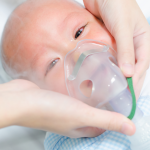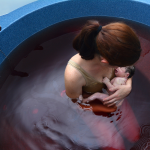With childbirth, the stakes are too high to add a risk factor or another hurdle. A healthy mom and healthy baby should be the goal of any delivery.
water birth
For some expectant mothers, there's a strong desire to have less "medicalization" of labor and delivery. It manifests itself in home births and water births for those adamantly opposed to a hospital setting. Now, “unassisted birth” goes a step further excluding a trained professional from the delivery. It's time to clarify the risks.
This year brought about a number of public debates surrounding not only less-mainstream medical conditions, but also others that were emotionally challenging and ethically complex. Check out which ones made this Top-10 list.
Another underwater birth, another near-fatal consequence. This time the imperiled, septic newborn endured unnecessary multi-organ failure, which necessitated a two-month hospitalization in intensive care.
Though pneumonia and infection are among the litany of known complications after water birth, the Centers for Disease Control and Prevention (CDC) just reported two cases of Legionnaires’ Disease in newborns in Arizona born this way. Further investigation identified an infant death in 2014 in Texas from Legionellosis.
Today most babies are born healthy as a direct result of medical advances and infection control measures. Maternal and infant mortality rates have dramatically declined because of them, which is wonderful news. So given the unpredictable scope of childbirth for mother and baby, why add a risk factor?
A water birth video recently went viral without much mention of safety. Proponents of this fringe delivery method are solving a problem that we don't have. Human birth is an unpredictable and often traumatic journey — so why add a risk factor to an already-risky endeavor?






